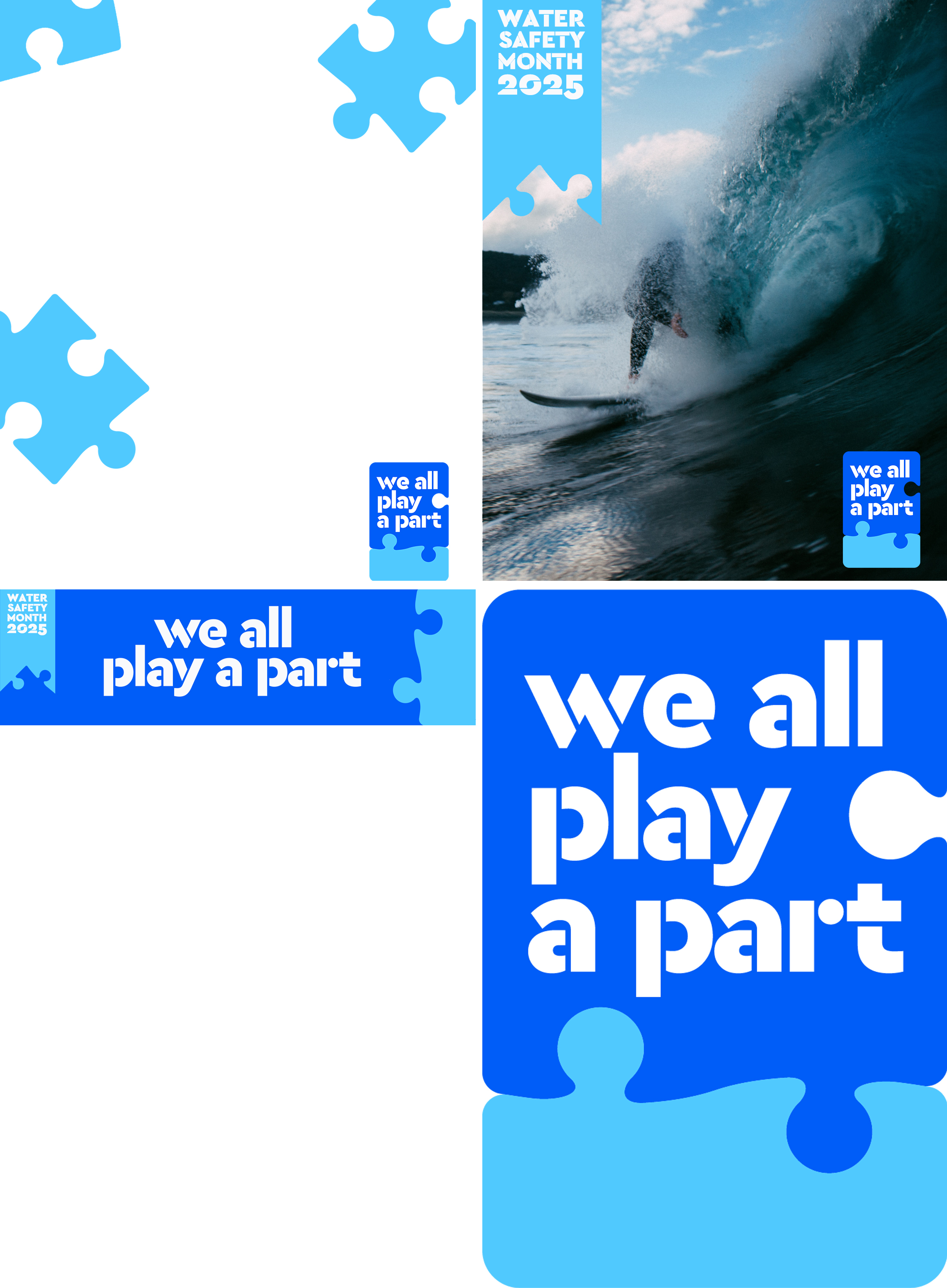New Zealand’s weather and water conditions can change very quickly – what starts as a calm, sunny day can become dangerous within minutes.
Always check the weather before leaving home and check again when you’re at your destination. Water Safety New Zealand recommends comparing the forecast of at least two weather apps and checking the long-range marine forecast for activities on the water.
Keep checking through the day; weather and water conditions can change in an instant.
If you’re unsure about the weather or water conditions, stay out.
Risks
- Strong winds and waves: High winds and large waves can make swimming and boating dangerous, especially in coastal areas.
- Poor visibility: Reduced visibility due to fog, heavy rain, or snow can make it difficult to assess hazards and react effectively in case of an emergency.
- Changing water levels: Rapid changes in water levels, such as those caused by tides or river flow, can trap individuals and make it difficult to navigate safely.
- Strong currents: Strong currents, particularly in rivers and coastal areas, can sweep individuals away and make it challenging to swim against the current.
- Cold water: Cold water can cause hypothermia, significantly reducing an individual's ability to swim and increasing the risk of drowning.
- Storms and flooding: Severe storms, heavy rainfall, and flooding can create dangerous currents, making rivers and coastal areas unsafe.
How to stay safe
- Check the forecast before you go – use reliable sources like MetService, NIWA, Surf Life Saving’s beach reports, and marine forecasts.
- Understand local conditions – talk to locals or lifeguards, especially if you’re unfamiliar with the area.
- Tell someone where you’re going and when you expect to return.
- Look before you leap – assess water conditions before entering, even if you’ve been there before.
- If in doubt, stay out – trust your gut; it’s not worth the risk.
For more information about lifejackets, see Lifejackets are essential
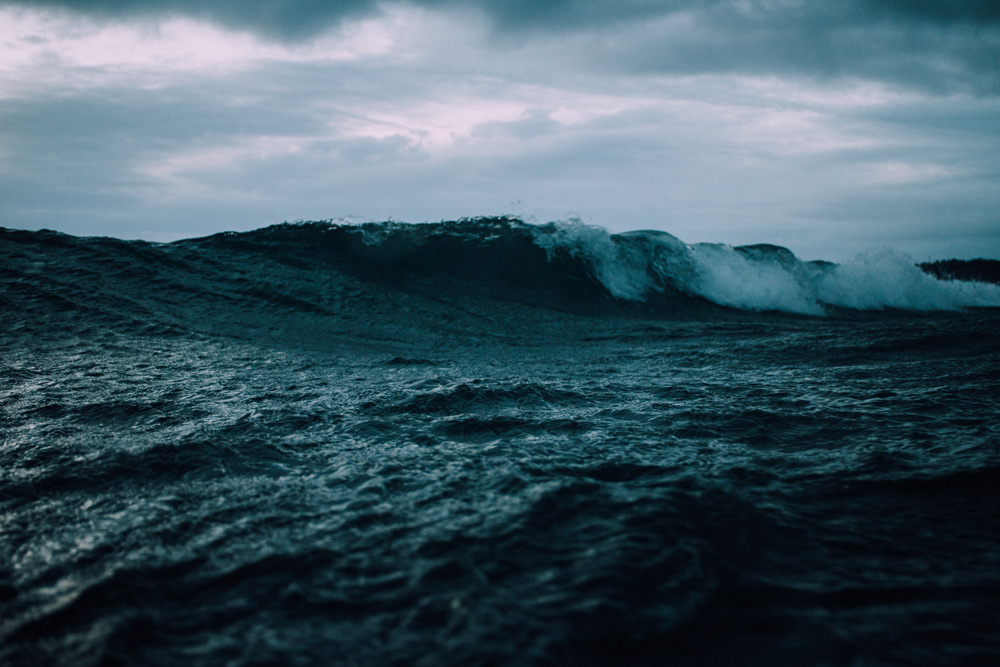
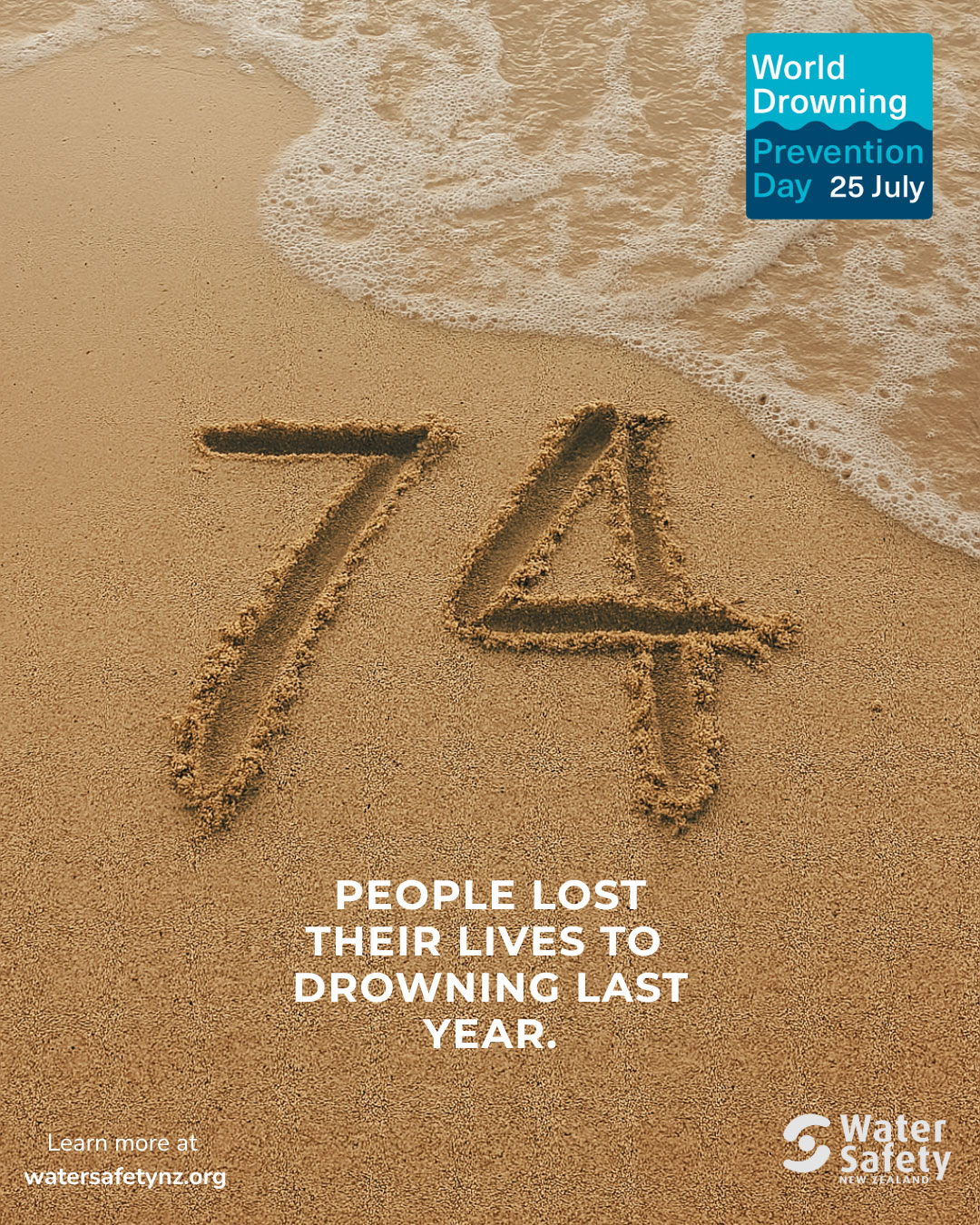
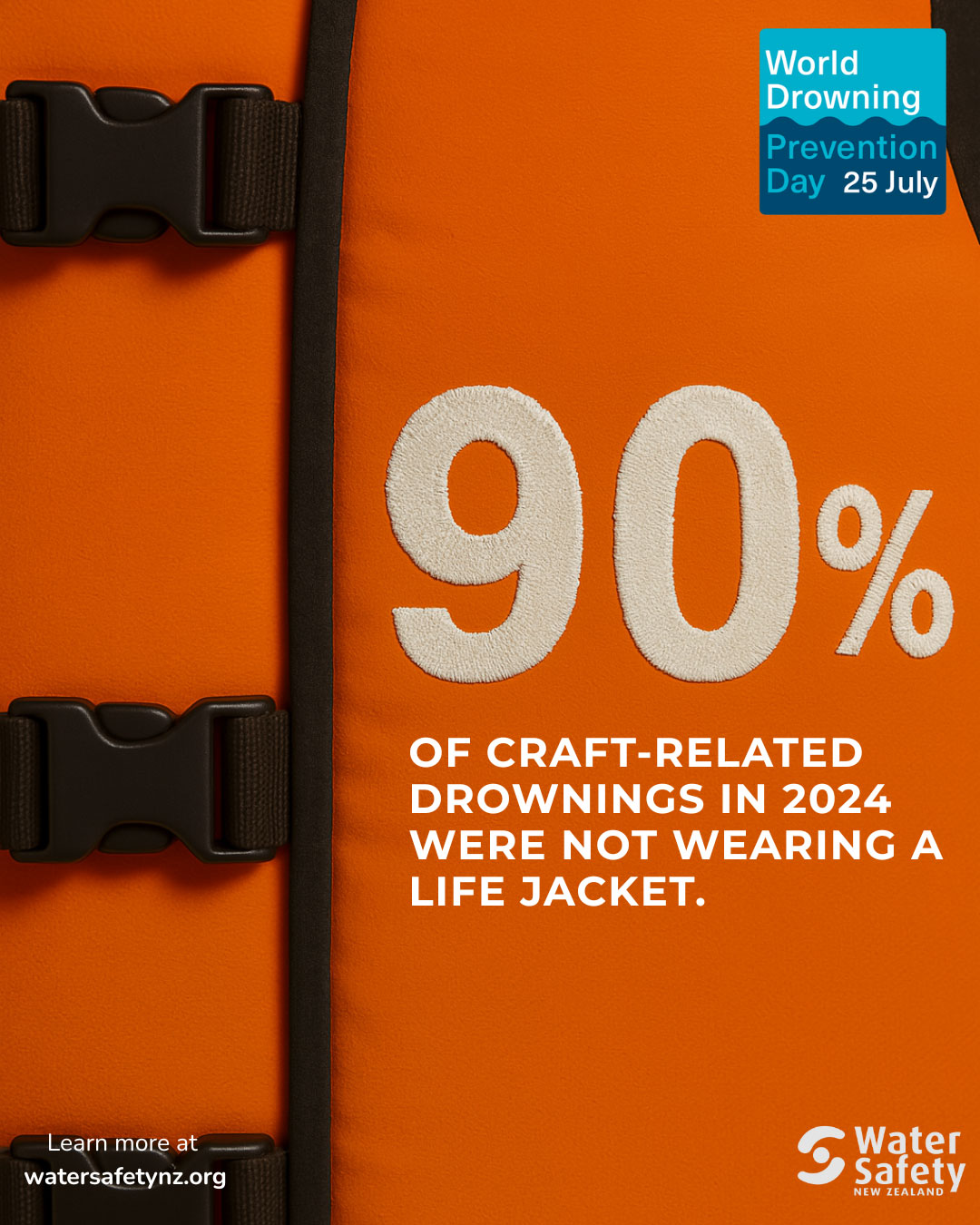
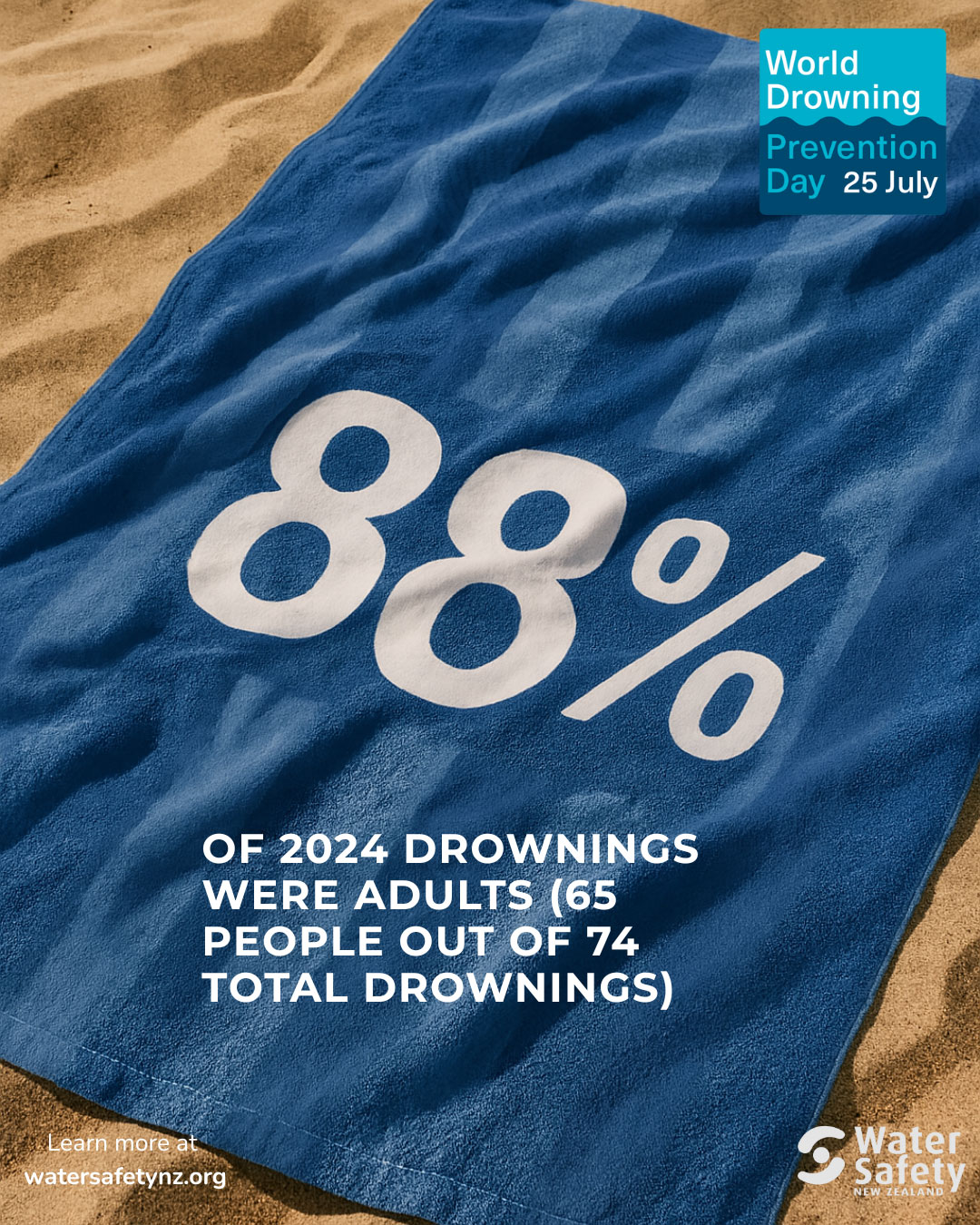


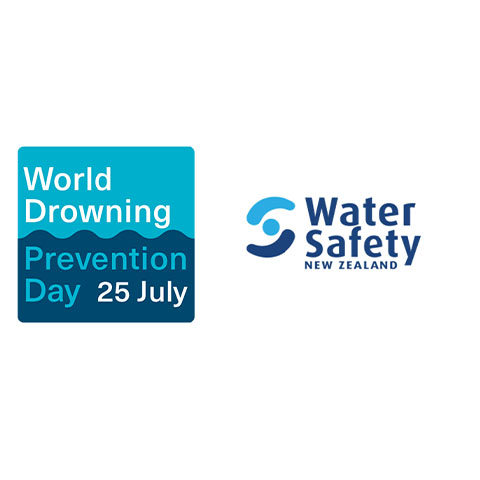
.jpg)
